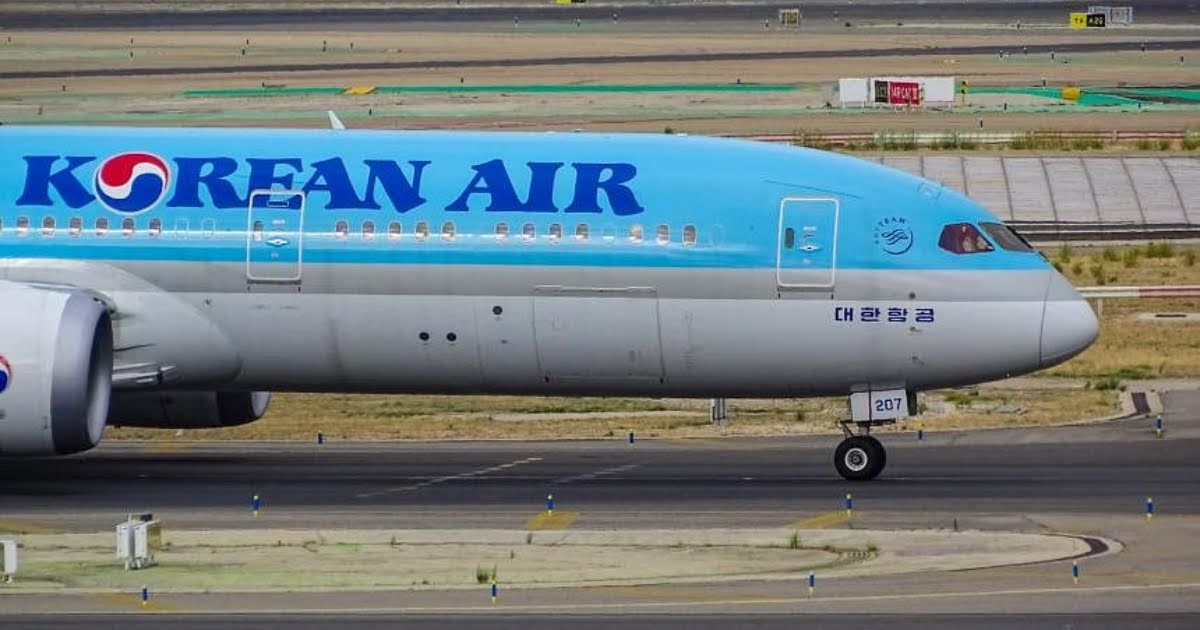In a recent incident at New Chitose Airport in Hokkaido, Japan, a Korean Air passenger plane carrying 289 individuals — including 276 passengers and 13 crew members — collided with a Cathay Pacific aircraft. The incident, which occurred on Tuesday at approximately 5:35 PM, thankfully resulted in no injuries or fires on either aircraft.
Photo for illustrative purposes. | KoreaTimes
According to the airlines, the mishap occurred when a towing vehicle, maneuvering the Korean Air plane on the snow-covered tarmac, slipped, causing the plane to scrape against the Cathay Pacific aircraft. This unfortunate slip led to the Korean Air plane’s left wing clipping the right tail wing of the stationary Cathay Pacific plane, which, at the time, was not carrying any passengers.
Photo for illustrative purposes. | Flight Global
Officials highlighted that the incident was attributed to the airport’s ground handling company, which raises concerns about the safety measures in place, especially during adverse weather conditions. The snow-covered tarmac evidently played a significant role in the incident, underlining the challenges of operating in winter conditions.
Korean Air, South Korea’s leading full-service carrier, immediately took measures to address the situation. Understanding the inconvenience caused to the passengers, the airline coordinated with local airport authorities to arrange an alternative flight. The replacement flight, originating from Incheon International Airport near Seoul, was scheduled to depart from the Japanese airport at 1 AM Wednesday, ensuring the stranded passengers reached their destination with a delay of only a few hours.
Photo for illustrative purposes. | KoreaTimes
The airline expressed its regret over the inconvenience caused to its passengers due to this incident. Korean Air’s commitment to resolving the situation swiftly is commendable, according to netizens. However, this incident serves as a reminder of the constant need for vigilance and stringent safety protocols in the aviation industry, particularly under challenging weather conditions.
This incident will likely prompt a thorough investigation into the ground handling procedures at airports, especially those in regions prone to severe weather.




